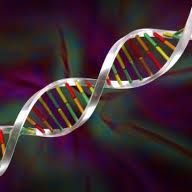Abstract
Whenever a crime has been committed, people will be sure to want to bring the perpetrator to justice. In order to do so, they must first discover who the criminal was. Over the centuries, various techniques have been employed to solve crimes, and these techniques have been combined and developed to the science known today. The forensics field has developed innovative ways to process DNA evidence that has been very useful in solving crimes. [11]

Biology has built a close relationship with forensics for decades, ever since fingerprints have been known to be unique between individuals. [11] Fingerprinting revolutionized the identification process in crime scene investigations. When Alec Jeffreys noticed distinct patterns of repetitions in certain parts of the human genome, he decided to name his discovery "genetic fingerprints" because of the role they could play in identifying people as physical fingerprints once did. DNA analysis revolutionalized the stage for law enforcement because no one had ever considered DNA as a source of evidence for legal proceedings. The Combined DNA Index System (CODIS) and Automated Fingerprint Identification System (AFIS) are able to help solve many cold cases that otherwise could not have been solved.
More landmark discoveries and advancements are in the making in the field of forensic science. Some organizations are promoting the education of DNA and forensics to enrich younger minds, while others strive towards researching new information about the human body. Also, ways to improve the CODIS system is being discussed by law enforcement agencies. However, research facilities aren't cheap, so organizations that want newer technology in their labs face major funding obstacles.[5]